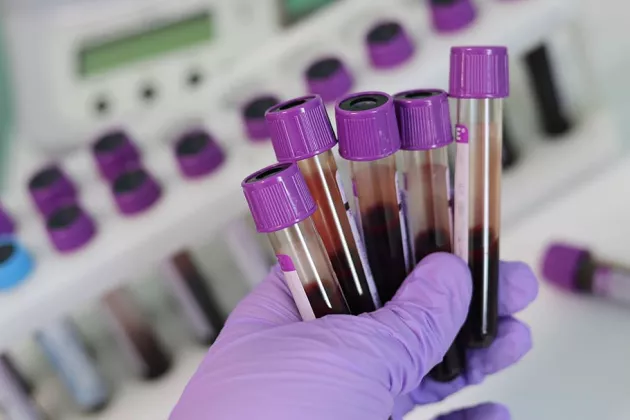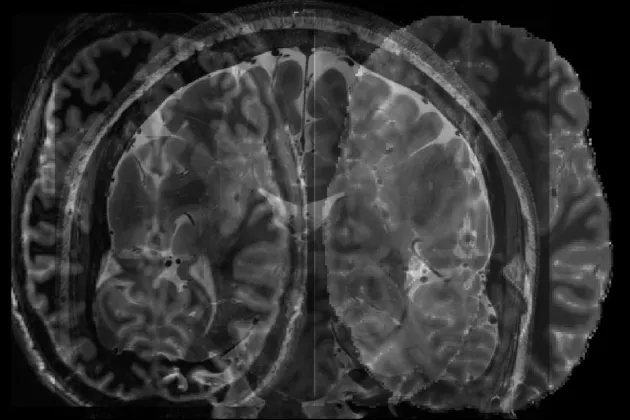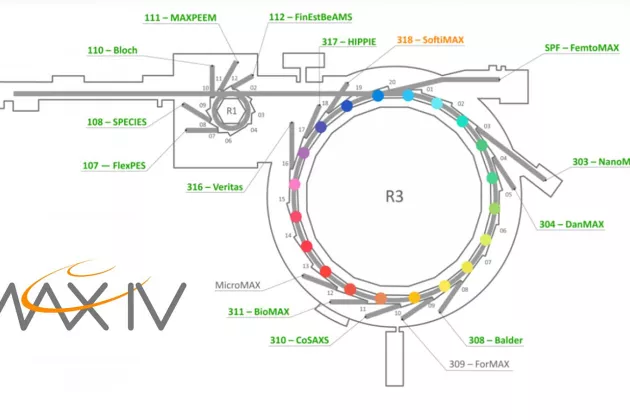Can you briefly describe the research topics included in your SIG?
“We focus on neuroinflammation, orchestrated by activated glial cells, and its role in neurodegenerative disorders. Whether neuroinflammation contributes to or is a result of neuropathology, and if the profile of the neuroinflammatory events differs between diagnoses is, still not clear. More knowledge into this could lead to better treatments and diagnostics. With our projects, we want to increase the understanding of the involved mechanisms, genetics, and temporal perspectives. Our SIG conducts both clinical and preclinical research on neuroinflammatory events implicated in our most common neurodegenerative disorders. We use a wide range of methods, from cell cultures studies and animal models to analysis of clinical samples and imaging.”
Which of MultiPark’s strategic goals does it best align with?
“To understand the origins and progression of neurodegenerative disease, we do this by deriving new knowledge from state-of-the-art experimental models and unique human cohorts. This allows for a better understanding of disease mechanisms and to identify factors resulting in resilience to these disease changes. Further, our SIG also contributes to creating new therapeutic approaches for prevention, disease modification, and management of unmet medical needs since our work may establish novel therapeutic approaches for developing more effective symptomatic, disease-modifying, or plasticity-enhancing treatments.”
What are your overarching goals?
“We want to increase the understanding of neuroinflammatory processes in the etiology, manifestation, and progression of neurodegenerative diseases. Another goal is to develop new strategies targeting neuroinflammation with the aim of improving prognosis, diagnosis, and treatment of neurodegenerative diseases. Taken together, we hope that our SIG will promote interdisciplinary scientific interaction and collaboration within the field of neuroinflammation in neurodegenerative diseases.”
What activities do you plan?
“ We arrange combined journal clubs and project presentation seminars once monthly focusing on neuroinflammation in neurodegenerative diseases. PhD students and postdocs within the SIG present recent publications and their ongoing projects In addition, we host a bi-annual gathering for discussing new scientific and technical directions with
themed presentations in the field of neuroinflammation. These are held once per semester from 17:00-19:00 including mingling. Speakers from the SIG, remaining MultiPark, or externally invited participants. The event is open to the entire MultiPark network. Early-career researchers within the SIG are responsible for planning these events.”
How many early-career researchers (PhD students, postdocs) are affiliated with this SIG?
“Around 46.”
How do you think that early-career researchers can contribute to the SIG?
“Early-career researchers will have an active role in planning and presenting at the monthly combined journal club and seminar as well as planning the bi-annual larger seminar. This way, ongoing research, new techniques, and ideas are emphasized and shared.”










